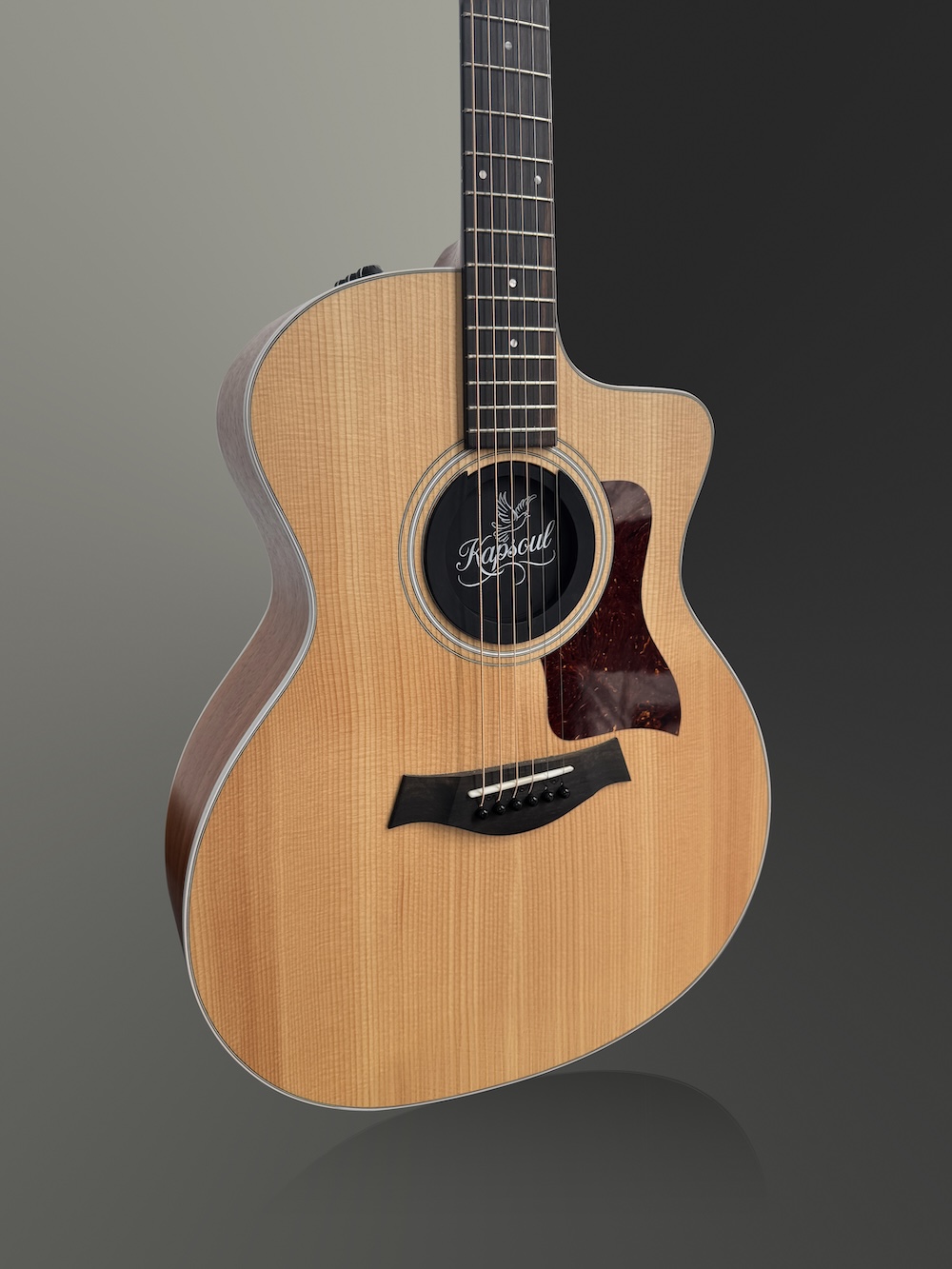As a guitar teacher, I’ve seen firsthand how music can become a vessel for emotion. There are moments in lessons when technique takes a back seat, and the true purpose of the instrument emerges: to help us say what words alone never could. Creating a tribute song for a loved one is one of the most meaningful endeavors a guitarist can embark on. It’s not just about finding chords or writing lyrics—it’s about sculpting your memories and emotions into something that lives on every time the strings vibrate. For those deeply connected to music, music lover memorial urns can also serve as a lasting tribute, honoring the cherished memories through a personalized design.
Over the years, I’ve guided students through the process of crafting these deeply personal pieces. What I’ve learned is that a tribute song is both a technical and emotional journey. The act of songwriting becomes a living memorial, and as musicians, we have unique tools at our disposal to honor loved ones through sound, technique, and intention.
Understanding the Emotional Foundation
Before diving into notes and finger positions, I encourage students to acknowledge their emotional landscape. Grief can manifest physically, tightening your grip or stealing the joy from your playing. As we begin, simple warm-up exercises—gentle chromatic scales, slow metronome work—help loosen muscle tension and get you mentally centered.
Remember, the imperfections in your execution are often what make the performance genuine. The catch in your voice, a missed beat, or a quiver on a vibrato can add honesty to your music that polished perfection can’t replicate. I advise students not to edit out these moments—it’s the humanity in your technique that carries the tribute.
Starting with Memory, Not Music
When students start a tribute song, I often have them set aside the guitar for a few minutes and jot down sensory memories—what did their loved one sound like, what were their favorite places, any inside jokes or phrases? From a teaching standpoint, these insights later influence compositional decisions, such as whether to use a bright, open tuning like DADGAD to invoke a hopeful mood or a drop D tuning for gravity and resonance.
Let your memories lead you. Maybe a memory is playful—consider syncopation or a light, palm-muted strum pattern. If it’s solemn, experiment with fingerpicking arpeggios in a minor key for a reflective atmosphere.
The KapSoul Connection: Making Music with Presence

For those wanting the deepest connection while writing their song, the KapSoul offers something truly special. This innovative soundhole cover fits most acoustic guitars with 4-inch diameter sound holes and holds up to 8 ounces of ashes, safely sealed with a PPH (Polypropylene Homopolymer) liner. The included scooper means you can transfer remains with care and dignity.
What sets this apart technically is not just the symbolism—the KapSoul’s design allows your instrument’s resonance and projection to remain clear. As an instructor, I appreciate that you don’t lose sustain or fullness in your tone, making it appropriate for both live performance and recording.
Imagine the strings’ vibrations not only carrying your music outward but also literally resonating through the place that holds your loved one’s memory. I encourage guitarists to sit quietly, play long open chords—try letting a G major or E minor ring out—and feel the way the whole guitar, and now the KapSoul, vibrates as one.
Practical Steps for Tribute Song Creation
When guiding students, I emphasize balancing heart and craft. Here’s a structured, technique-friendly approach:
- Gather Your Materials: Reference photos, notes, and favorite stories about your loved one. Sometimes, I suggest recording a brief spoken word message to use as lyrical seed material.
- Select a Musical Foundation: Choose a key. For more warmth, keys like C major or G major sound sweet on standard-tuned steel strings. If your guitar is suited for alternate tunings, experiment to see if DADGAD or open G brings the right coloration.
- Write Without Editing: In early drafts, embrace imperfection. Try the “morning pages” approach—write lyrics and melodic lines quickly, capturing raw ideas. Use a simple I-IV-V progression (like G-C-D) to start, unless a specific mood requires richer harmonies.
- Find the Hook: This might be a lyrical line, a melodic motif, or even a recurring guitar lick. Sometimes a double-stop or a short hammer-on/pull-off riff can become a signature phrase.
- Build Around Emotion: Consider how chord extensions—add9, sus2, or major 7th chords—alter the feeling. Use dynamic volume: soft fingerpicking for vulnerability, then build to strong strumming for emotional peaks.
- Include Their Voice: If your loved one had a favorite song, borrow a rhythmic pattern or melodic contour, integrating it subtly for musical continuity.
- Create Musical Callbacks: Repeat themes. Maybe a certain harmonic sequence or picking pattern reappears after each chorus.
- Keep It Singable: Test your melody’s range with the pentatonic scale—this can ensure it’s accessible for you and others to perform.
Choosing the Right Musical Elements
Technical decisions matter greatly in a tribute. For celebrating, I gravitate toward keys that exploit the full resonance of the guitar: D and G on acoustics project beautifully with open strings. For melancholy pieces, try E minor or A minor, and consider capo placement to fit your voice or add brightness.
Rhythm can be as telling as melody. A percussive thumb-slap during fingerstyle adds a heartbeat, while syncopation in your strumming can mimic laughter or liveliness. Experiment with Travis picking for narrative verses—its rolling rhythm gently supports a storytelling lyric.
Pay attention to phrasing. Syncopate lines for emphasis, extend measures to hold a crucial word, or use silence—a rest or fermata can create a poignant pause.
Incorporating Personal Musical Elements

Don’t overlook timbre and texture. Try harmonics at the 12th or 7th fret for ethereal moments, or use finger rolls and slides to echo a loved one’s warmth. If they had a favorite genre, reflect that: blues with bend-and-release, folk with open chords and drone notes, or pop with clean barre chords.
Refer to their favorite instrument, too. If they loved piano, mimic arpeggio patterns or block chords. If they loved singing, write simple, singable melodies and use call-and-response lines.
Working Through Creative Blocks
Every teacher knows creative blocks are inevitable, especially with the emotional weight of tribute songs. I suggest technical exercises during these phases: improvise lead lines in the tribute’s key, loop a chord progression and try vocalizing over it, practice modal shifts to explore new moods.
Use tools—a looper pedal to layer ideas, a capo to find a fresh vocal range, or a digital recorder to capture accidental inspiration. Set a timer for short, focused sessions to avoid being overwhelmed.
Sharing Your Musical Tribute
When you’re ready to share, prepare your piece for performance. Practice with a metronome to lock in tempo, then rehearse without it to bring out your natural phrasing. If recording, start with a simple setup: your favorite acoustic, the KapSoul in place if desired, and a condenser mic for clarity.
Share the song at a small gathering or just play it in your favorite quiet spot. Remember, your unique touch, from your strumming hand to your phrasing, makes the tribute authentic.
The Ongoing Journey
Tribute songs, like grief and memory, are ever-evolving. You might rearrange sections, change key signatures, or add a new verse as memories resurface. Allow yourself to revisit fingerings, ornamentations, and rhythmic phrasing over time—this reflects your growth as both an artist and a person.
Most importantly, recognize that your tribute is a form of legacy. Through your guitar, technical skill, and heart, you’re bringing stories to life and offering comfort that words often cannot. The beauty and depth of your tribute will shine through each nuanced technique—whether it’s a gently plucked arpeggio or the quiet resonance after the final note fades away.
